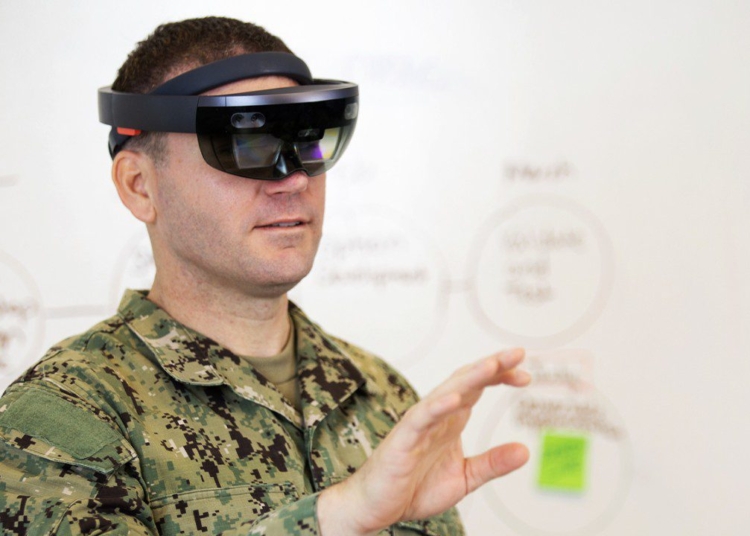Augmented Reality (AR) is a groundbreaking technology with the potential to enhance soldier performance in tactical environments. This technology superimposes digital information onto the real world, providing soldiers with real-time information and enhancing their situational awareness and decision-making abilities. AR can also be used for training purposes, allowing soldiers to simulate various scenarios and practice their skills in a virtual environment. Despite challenges such as ruggedness, reliability, and integration with existing military systems, the future of AR in the military looks promising. As technology continues to advance, we can expect to see greater adoption of AR devices by military forces, revolutionizing the way military operations are conducted.
Enhancing Soldier Performance: The Future of Augmented Reality in Tactical Environments
Introduction
Augmented Reality (AR) has long been a concept of the future, often depicted in science fiction as a futuristic technology. However, AR is now becoming a reality, especially in the field of defense and military. With the advancements in technology, AR has the potential to enhance soldier performance and revolutionize tactical environments.
What is Augmented Reality?
Augmented Reality is a technology that superimposes digital information onto the real world, providing an enhanced experience for the user. This can be achieved through the use of special glasses, helmets, or even smartphones and tablets. AR overlays virtual information onto the physical environment, allowing users to interact with and manipulate digital objects in real time.
The Potential of AR in Tactical Environments
In tactical environments, soldiers are often required to process large amounts of information and make split-second decisions. AR has the potential to assist soldiers in these tasks by providing them with real-time information, such as maps, enemy positions, and mission objectives, overlaid onto their field of view. This can greatly enhance situational awareness and decision-making, ultimately improving soldier performance.
Furthermore, AR can also be used for training purposes, allowing soldiers to simulate various scenarios and practice their skills in a virtual environment. This can help in preparing soldiers for real-world missions and improving their overall performance and effectiveness.
The Challenges of Implementing AR in Tactical Environments
While the potential of AR in tactical environments is immense, there are several challenges that need to be addressed in order to effectively implement this technology. One of the key challenges is ensuring that AR devices are rugged, lightweight, and easy to use in the field. Additionally, there are concerns about the reliability and security of AR systems, as well as the potential for information overload and distraction for soldiers.
Another challenge is the integration of AR with existing military systems and equipment. AR devices need to be seamlessly integrated with other technologies, such as communication systems, weapon systems, and body armor, in order to provide a comprehensive and effective solution for soldiers in the field.
The Future of Augmented Reality in Tactical Environments
Despite these challenges, the future of AR in tactical environments looks promising. As technology continues to advance, AR devices are becoming more compact, lightweight, and powerful, making them more suitable for use in military operations. Additionally, research and development efforts are ongoing to address the technical and operational challenges of implementing AR in the field.
As AR technology continues to mature, we can expect to see greater adoption of AR devices by military forces around the world. This will not only enhance soldier performance and effectiveness but also provide new capabilities and advantages on the battlefield. From improved situational awareness to better communication and coordination, AR has the potential to transform the way military operations are conducted.
Conclusion
In conclusion, Augmented Reality has the potential to enhance soldier performance and revolutionize tactical environments. With the advancements in technology and ongoing research and development efforts, the future of AR in the military looks promising. However, there are still challenges that need to be addressed in order to effectively implement AR in tactical environments. Nevertheless, as AR technology continues to mature, we can expect to see greater adoption of AR devices by military forces, ultimately improving soldier performance and effectiveness on the battlefield.












